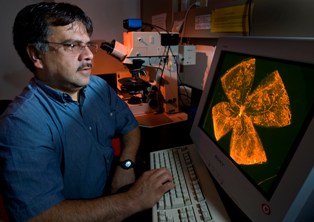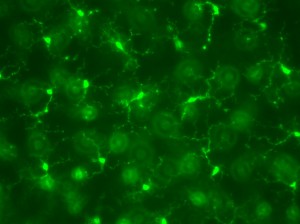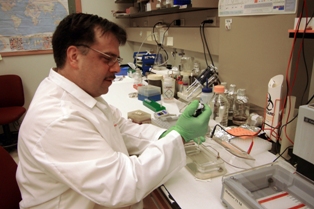- Retina Research Foundation
- About RRF
- Pilot Study Grants
- Grant Recipients 2024
- Samuel M. Wu, PhD
- Yingbin Fu, PhD
- Rui Chen, PhD
- Graeme Mardon, PhD
- Richard L. Hurwitz, MD
- Lih Kuo, PhD
- Wenbo Zhang, PhD
- Curtis Brandt, PhD
- Timothy Corson, PhD
- Jianhai Du, PhD
- Francesco Giorgianni, PhD
- James Monaghan, PhD
- Milam Brantley, MD, PhD
- Seongjin Seo, PhD
- Vladimir Kefalov, PhD
- Andrius Kazlauskas, PhD
- Erika D. Eggers, PhD
- Ann C. Morris, PhD
- Ming Zhang, MD, PhD
- Christine Sorenson, PhD
- Alex J. Smith, PhD
- Jeffrey M. Gross, PhD
- David M. Wu, MD, PhD
- Kinga Bujakowska, PhD
- Eric Weh, PhD
- Ching-Kang Jason Chen, PhD
- Jakub K. Famulski, PhD
- Thanh Hoang, PhD
- Georgia Zarkada, MD, PhD
- Eleftherios Paschalis Ilios, PhD
- Publications
- Grant Guidelines and Information
- Grant Application
- Grant Recipients 2024
- Research Programs
- Contact Us
- Giving
- RRF History
- Home
RRF Chair at University of Wisconsin
Nader Sheibani, PhD
Ophthalmology and Visual Sciences
University of Wisconsin
Madison, WI
Dr. Sheibani’s Research Project
Regulation of Ocular Vascular Development and NeovascularizationCurrent Research Interests
Dr. Sheibani’s work focus on the mechanisms that regulate ocular vascular function. Using this knowledge, he is developing novel treatments. He recently showed intravitreal ocular safety of propranolol and its efficacy in attenuation of CNV. In collaboration with Dr. Zhang at Northwestern he demonstrated the utility of visible light OCT for measuring retinal oxygen metabolic response. In collaboration with Dr. Shah he showed the important role of mitochondrial carbonic anhydrases in high glucose-mediated toxicity of pericytes. He also published two review on functional role of inorganic trace elements in angiogenesis and one the importance of PECAM-1, eNOS, and endoglin axis in angiogenesis (reported in: IOVS (Dec 2015), LSA (Sept 2015), CROH (May 2015), JOVR (March 2015), Clin Sci (Aug 2015), and Physiol Rep (Jan 2015)).




